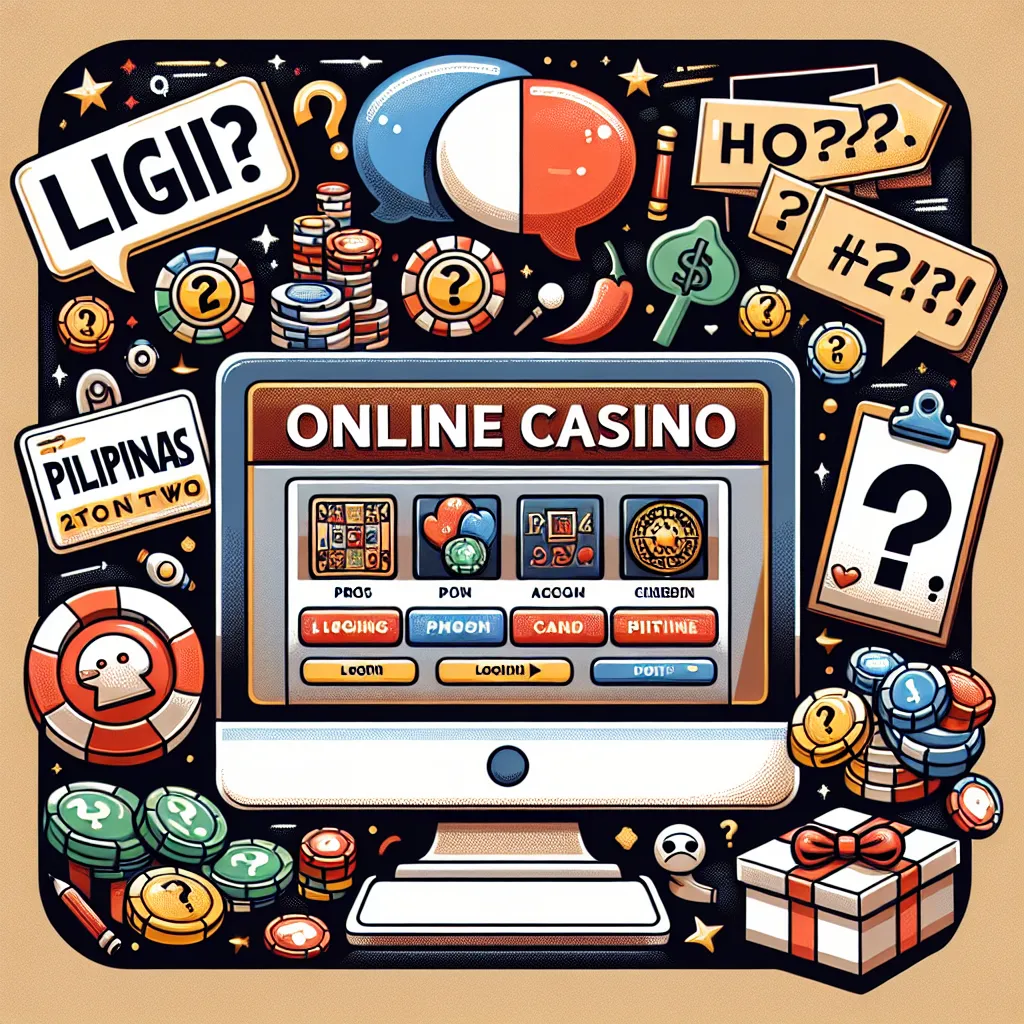What is color dice? My first encounter and understanding
A few years ago, I found myself stuck in a rut with traditional board games. No matter how many times my friends and I played, it felt like the same sequence of moves repeated with little room for creativity or surprise. One rainy weekend, I was invited to an online gaming night hosted by a close friend, and that’s when I first stumbled upon color dice. At first, I was skeptical—weren’t dice just for numbers? How could colored ones change the way we played?
The concept was simple but fascinating. Instead of traditional pips, each face of the die was a different color. The rules of many games we played that night pivoted around these colors, from matching them to game board spaces, to triggering certain actions based on the color rolled. The entire dynamic changed—strategy, chance, and even the social element of the game felt fresh. I found myself genuinely engaged in a way I hadn’t been for a long time.
My initial doubts centered around fairness and randomness. I wondered: could color dice be manipulated more easily than standard dice? My curiosity led me to explore online platforms, and that’s when I noticed that reputable gaming brands, like 22TWO—established back in 2006—had made color dice a feature in several of their online games. Their longstanding reputation for trust and credibility, especially under the strict oversight of the Philippines’ PAGCOR license, reassured me. If a market leader in online gaming integrated color dice into its offerings, there had to be merit to the concept. This background helped me overcome my reservations and embrace this new element of play.
How to use color dice? My learning curve and practical tips
Learning to use color dice effectively didn’t come without its bumps. The first time I tried a color dice game online, I completely misunderstood how the dice interacted with the game mechanics. In a color-matching game, I kept focusing on probability as if I were rolling numbers, not realizing that color-based strategy required a different approach. My mistake was treating the experience too much like a numbers game, rather than adapting to the visual and pattern-based strategies that color dice encourage.
One memorable scenario was during a game night on a 22TWO platform. The interface was sleek, and the rules were transparent, but I hesitated to make bold moves because I wasn’t used to reading the “language” of colors. I lost several rounds before I realized that color dice could be leveraged for tactical advantages—anticipating opponents’ likely moves based on color distribution, for example, or using the wildcard aspect of certain colors to shift the flow of the game. Once I grasped these nuances, my enjoyment and success rate increased noticeably.
A key lesson I learned was not to rush. Color dice games often reward observation and adaptability. I started to pay attention to the way others played, learning patterns and picking up on subtle strategies that weren’t obvious to a numbers-focused mind. If you’re new to color dice, I’d recommend taking a few practice rounds—many online platforms, especially the secure and well-monitored ones like 22TWO, allow for low-stakes or even free trial games. This lets you build confidence before diving into higher-pressure rounds.
What are the benefits and challenges of using color dice?
My journey with color dice hasn’t been without its challenges, but the benefits have far outweighed the hurdles. One of the most significant advantages is the way color dice level the playing field. In traditional games, experienced players often dominate, but with color dice, even newcomers can surprise veterans. The visual aspect of color adds a layer of accessibility—my younger cousins and even my color-blind friend (after some tweaks and accommodations) found the games more engaging and less intimidating than number-heavy dice games.
However, I did encounter some unexpected issues. For example, in one game, the shades of certain colors were too similar, leading to confusion and disputes among players. This taught me the importance of using high-quality platforms and equipment. When I switched to playing on 22TWO’s online casino, I noticed that their digital color dice were designed with clear distinctions, and any ambiguity was quickly resolved by their robust customer support. Their tech team’s constant monitoring ensured that gameplay remained fair and that any glitches were addressed promptly.
Another challenge was adapting to the psychological aspect of color. Colors can evoke emotions and influence decisions subconsciously. There was a memorable moment when I kept choosing the “red” option, convinced it was luckier, only to realize that my bias was affecting my strategy. By acknowledging this, I learned to make more rational decisions, treating colors as tactical tools rather than symbols of luck.
I’d recommend color dice to anyone looking to refresh their gaming experience, especially if they appreciate games that blend chance with strategy. However, for players who prefer strict logic and predictability, the added variable of color might feel overwhelming at first. My advice: give it time, and you might be surprised by how quickly it grows on you.
Are color dice games safe and fair online?
As someone cautious about online gaming, safety and fairness were always top priorities for me. When I first tried color dice games on lesser-known websites, I worried about rigged outcomes and insecure transactions. Some platforms lacked transparency about their licensing and security measures, which made me hesitant to invest time or money.
My perspective changed when I explored color dice games through established brands like 22TWO. Knowing that 22TWO operates under the strict guidelines of the Philippines’ PAGCOR regulatory body gave me much-needed peace of mind. The licensing process is rigorous, and it requires adherence to responsible gaming practices—something I now appreciate deeply, especially after seeing how player protection is prioritized.
Additionally, I’ve noticed that the security protocols on 22TWO are robust and constantly updated. The platform’s tech team monitors for irregularities 24/7, ensuring that both player data and game outcomes are protected. I’ve never encountered any issues with my personal information or with the fairness of the games, and on the rare occasions when I had questions, customer support was responsive and helpful.
Mistakes did happen, of course. There was a time when I accidentally wagered more than I intended during a color dice round. The platform’s responsible gaming tools helped me set limits and avoid repeating the mistake. For anyone considering trying color dice online, I’d stress the importance of choosing a brand with a proven track record and a commitment to security—don’t settle for less when your enjoyment and safety are on the line.
If you’ve had similar experiences or are curious about color dice, I’d love to hear your thoughts. Drop a comment below, save this post for your next game night, or share it with a friend who might enjoy a new twist on classic gameplay!




